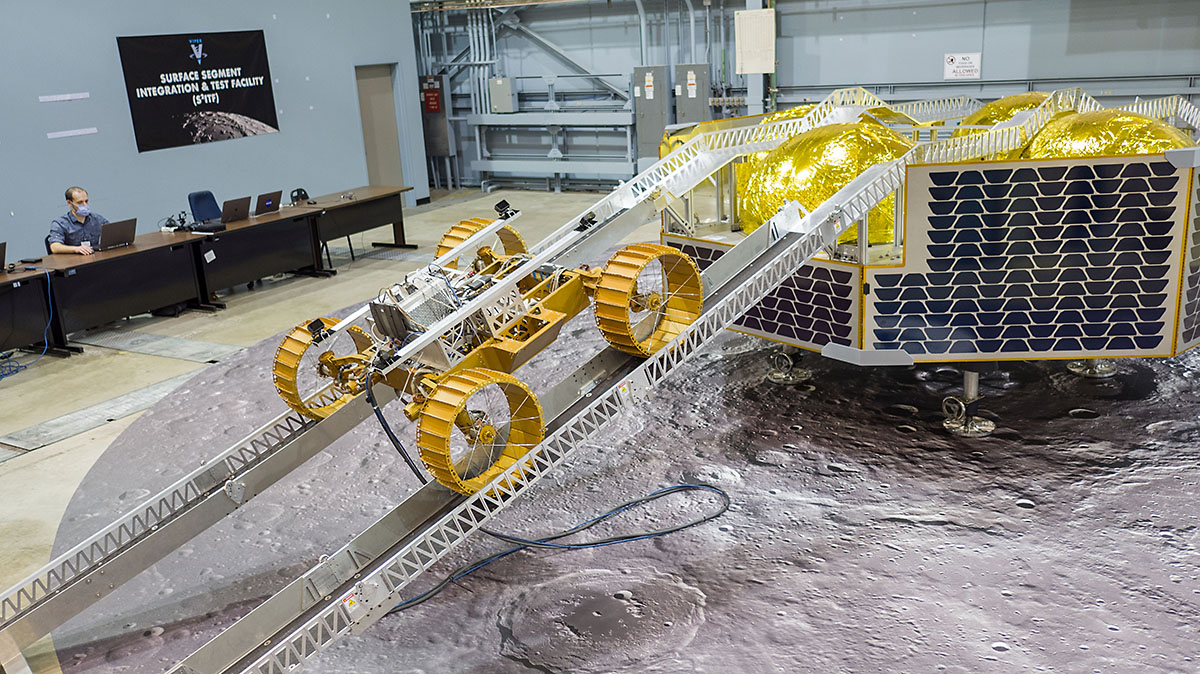

“The data VIPER returns will provide lunar scientists around the world with further insight into our Moon’s cosmic origin, evolution, and history, and it will also help inform future Artemis missions to the Moon and beyond by enabling us to better understand the lunar environment in these previously unexplored areas hundreds of thousands of miles away.” Ask us anything about the water-seeking Moon rover or its landing site on the Moon NASA has selected the region just outside the western rim of Nobile Crater at the Moon’s South Pole as the landing site for its Volatiles Investigating Polar Exploration Rover, or VIPER, mission. Thomas Zurbuchen, associate administrator for science at NASA Headquarters. “Once on the lunar surface, VIPER will provide ground truth measurements for the presence of water and other resources at the Moon’s south pole, and the areas surrounding Nobile Crater showed the most promise in this scientific pursuit,” said Dr. Smaller, more accessible craters surrounding Nobile’s perimeter, will also provide VIPER with ideal locations to investigate in its search for ice and other resources. Nobile Crater is an impact crater that was formed through a collision with another smaller celestial body, and is almost permanently covered in shadows, allowing ice to exist there.

“After an extensive landing site selection process, the mountainous area west of Nobile Crater was chosen as VIPER’s landing site due to its rover-accessible terrain and array of nearby sites of scientific interest, including permanently shadowed areas.” “Data from these and other missions helped us conclude that ice and other potential resources exist in permanently shadowed areas of the Moon near the poles.” “No prior missions to the Moon’s surface have explored it - we have thus far only studied the region using remote sensing instruments, including those on NASA’s Lunar Reconnaissance Orbiter and the Lunar Crater Observation and Sensing Satellite.” “The Moon’s south pole is one of the coldest areas in our Solar System,” NASA researchers said. Part of the agency’s Artemis lunar exploration program, the mobile robot will map and explore the region’s surface and subsurface for water and other resources. NASA’s VIPER rover will land near the western edge of Nobile Crater in 2023 on a 100-day mission. It takes a radio signal between 5 to 20 minutes to travel at the speed of light between Earth and the red planet, but just a few. Image credit: NASA / Ames Research Center / Daniel Rutter. VIPER will also be operated differently than NASA’s Mars rovers. An illustration of NASA’s VIPER lunar rover.


 0 kommentar(er)
0 kommentar(er)
